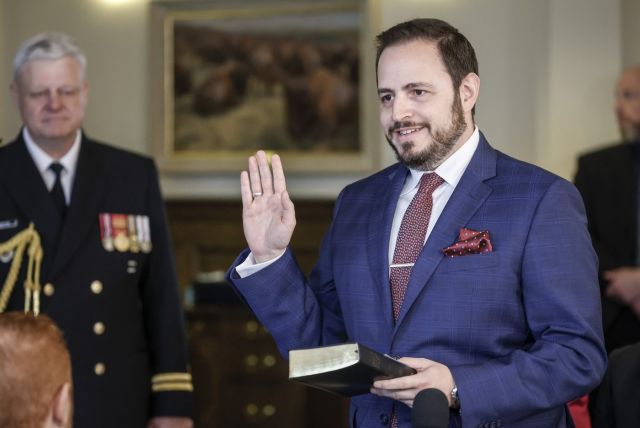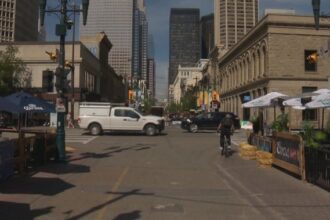In a concerning development across Alberta’s education system, Education Minister Demetrios Nicolaides has launched a formal consultation process to address the alarming rise in classroom violence and aggressive behavior. This initiative comes in response to mounting pressure from teachers, parents, and educational stakeholders who report increasingly disruptive and dangerous conditions in schools throughout the province.
“The reality on the ground has become impossible to ignore,” Nicolaides acknowledged during Thursday’s announcement. “We’ve heard disturbing accounts of teachers being physically assaulted, property being destroyed, and learning environments being severely compromised. These aren’t isolated incidents but part of a troubling pattern that demands immediate attention.”
The consultation will gather input from a diverse array of voices, including the Alberta Teachers’ Association, school boards, parent councils, and specialized experts in behavioral management. This collaborative approach aims to develop comprehensive strategies that can be implemented province-wide while allowing for local adaptations based on specific community needs.
Recent surveys reveal the scope of the problem, with nearly 70% of Alberta teachers reporting they’ve witnessed or experienced violence in their classrooms over the past academic year. More alarming still, approximately 40% indicate these incidents occur on a weekly basis, creating an atmosphere of tension and unpredictability that undermines educational objectives.
Jason Schilling, president of the Alberta Teachers’ Association, expressed cautious optimism about the initiative but emphasized the urgency of the situation. “Our members have been sounding the alarm for years about deteriorating classroom conditions. While we welcome this consultation, we need to see concrete action following these discussions. Teachers cannot continue working in environments where their safety is at risk.”
The consultation process will explore multiple dimensions of the issue, including mental health supports, disciplinary frameworks, classroom size and composition, and specialized training for educational professionals. Notably, the government has committed to examining potential funding adjustments to support whatever recommendations emerge from this process.
Education experts point to several factors potentially contributing to the rise in classroom violence, including pandemic-related disruptions to social development, increasing mental health challenges among youth, and inadequate resources for addressing complex behavioral needs within standard classroom settings.
Dr. Elena Martinez, an educational psychologist at the University of Calgary, highlights the complexity of the issue. “We’re seeing the convergence of several social factors that create perfect conditions for behavioral challenges. Many students are still processing trauma from the pandemic period, while schools simultaneously face resource constraints that limit their ability to provide specialized supports.”
Parents across the province have expressed growing concern about how classroom disruptions affect all students. Sarah Townsend, a mother of three from Edmonton, shared her perspective: “My middle child comes home regularly talking about how they couldn’t get through lessons because of disruptions. It’s not just about safety—though that’s paramount—it’s also about ensuring all children can actually learn in these environments.”
The consultation process is expected to conclude by early spring, with recommendations to follow shortly thereafter. The government has indicated some measures could be implemented as early as the 2024-25 school year, though more complex structural changes might require longer timelines.
As Alberta navigates this challenging terrain, the outcome of these consultations could have significant implications for education policy across Canada, potentially establishing new frameworks for addressing school violence that other provinces might adopt.
What remains to be seen is whether this process will produce meaningful, sustainable solutions or become another exercise in political messaging without substantive change. For thousands of Alberta’s teachers and students, the stakes couldn’t be higher—can the province’s education system be transformed into one where safety and learning stand as genuine, achievable priorities for all?










